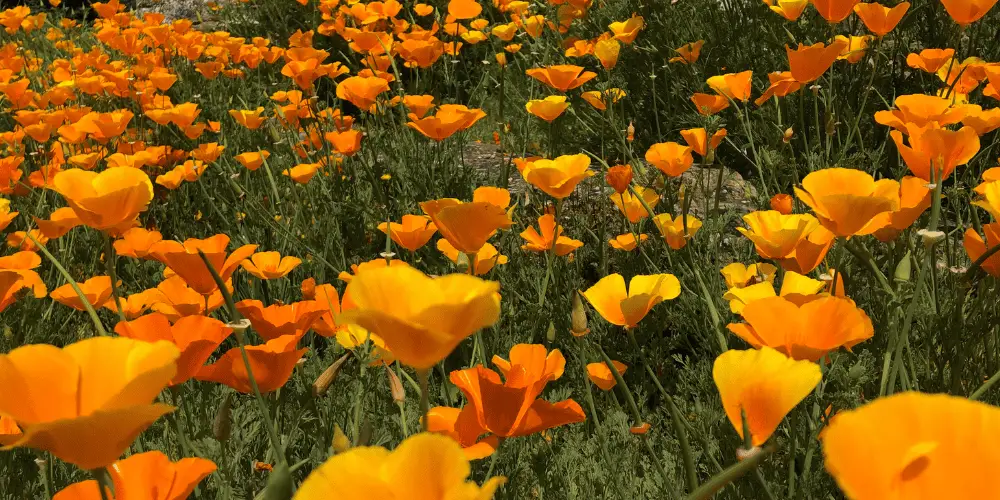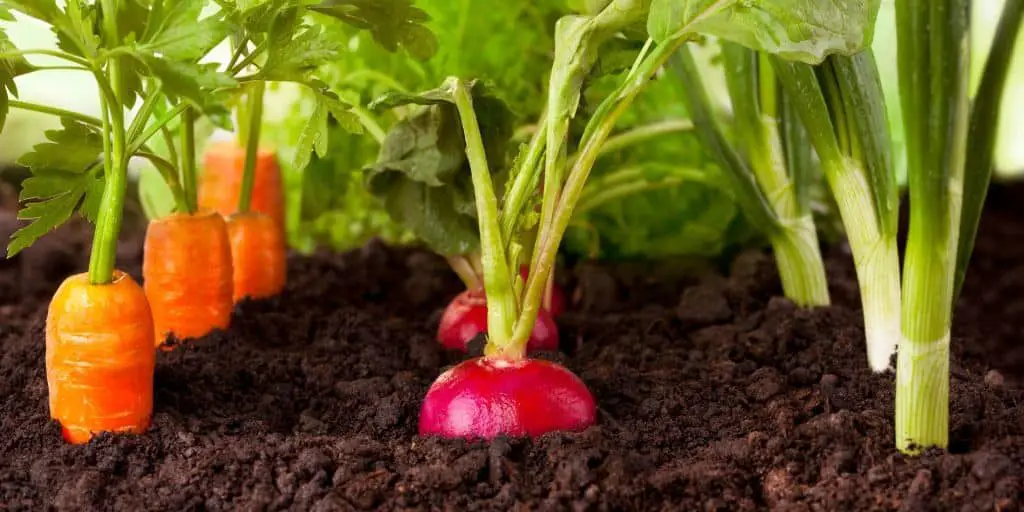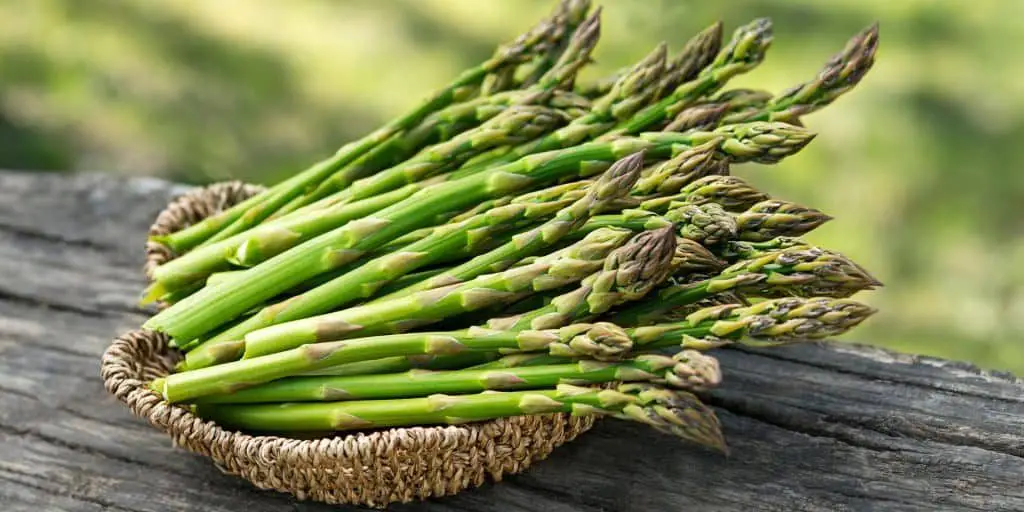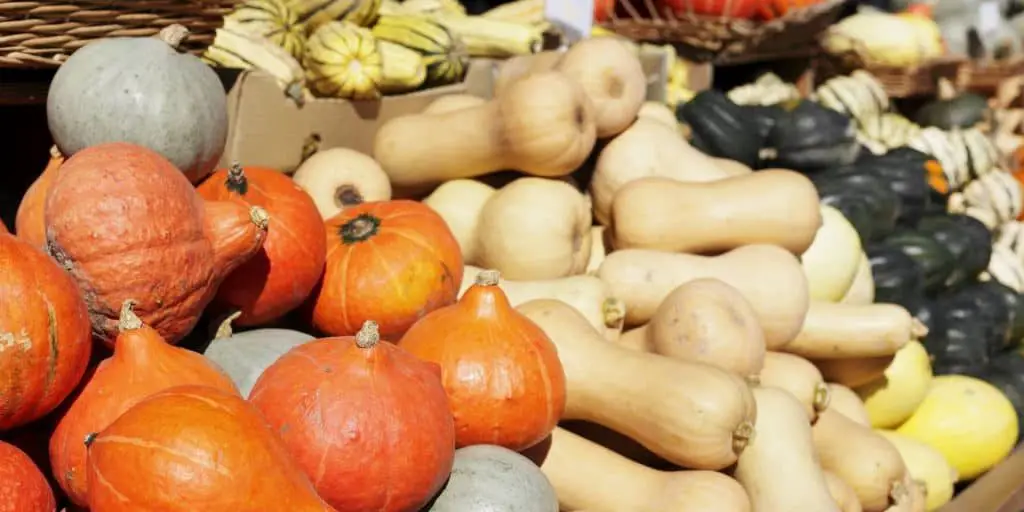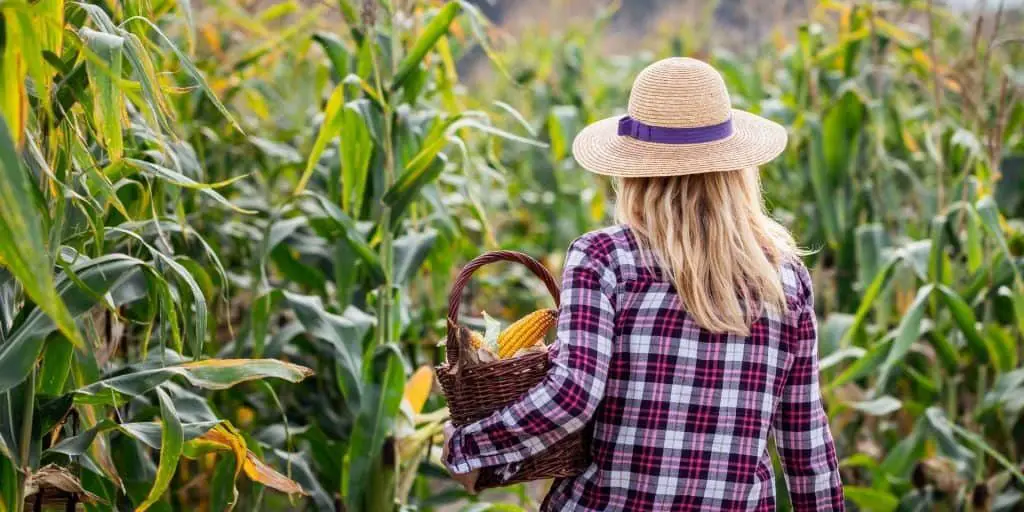
How to Grow Corn
Sweet corn is one of the most popular summertime delicacies, thanks to its amazing flavor and the great pairing it makes with almost any kind of barbecued or grilled food. But getting a bumper crop of corn isn’t always so easy! Follow these five tips to take the guesswork out of the process, increase your harvest, and get the most out of growing corn at home!
1. Plant corn at the right time
Corn originated in ancient southern Mexico, where there are long, hot growing seasons. So corn naturally grows best in really warm weather. When exactly you sow or transplant corn will vary to your particular climate, but the sweet spot for sweet corn is 10-12 weeks of growing time in the hottest part of the year.
Corn will germinate and seedlings will grow well in warm soil that is consistently 50 degrees Fahrenheit or above. This means that raised beds are ideal for corn patches!
You can help your garden soil warm up more quickly by going through a few extra steps:
- Add more organic matter in the spring in the form of a compost or high-quality soil amendment. These materials warm up more quickly than just dirt. This also adds nutrients to the soil that the corn will consume to grow well.
- Spread a layer of dark-colored mulch or compost on top of the prepared soil. This will absorb more heat from the sun.
- Use a cold frame to grow some cool-weather crops early, and then transition that bed into a corn patch. The mini greenhouse effect that the cold frame provides means that you can start corn seeds and grow strong seedlings a couple weeks ahead of schedule. Then, when the day and nighttime temps are consistently warm, remove the cold frame so the corn can grow tall.
2. Plant corn close together
Corn flowers are wind pollinated–more on that down below–which means that they need to be very close together in order to produce a good harvest. Sow corn directly into your soil. You can sow corn two ways, in blocks/rows, or in hills:
To sow corn in blocks, plant each kernel about five inches apart, in rows about a foot apart. Aim for a group of short rows close together, instead of two or three long rows, which will be too spread out for good pollination. The rows should not be more than sixteen feet long.
To sow corn in hills, create small mounds about a foot apart, and sow 4-5 seeds in each hill. This is the way to grow corn if you also want to grow the Three Sisters. It leaves plenty of room for corn companion plants like squash, pumpkins, and beans.
3. Sow more than you expect to harvest
Each corn stalk produces one ear of corn, so if you lose even one of those stalks, it can really cut into your overall harvest.
Common causes of corn casualties include:
- Pests like squirrels or racoons
- Earworm caterpillars
- Rust
- Birds
So it’s always a good idea to plant more corn than you think you’ll need to hedge your bets and make sure you get a good harvest!
5. Fertilize before planting, not during growing
Corn actually responds better to early-season fertilization, rather than mid-season. You can even plan farther ahead, and fertilize next year’s corn patch the fall or winter before.
So prepare your bed by adding both a good amount of organic compost, along with a balanced organic vegetable fertilizer like Dr. Earth, plus a little extra kick in the form of blood meal or bone meal.
The only exception to this is if the stalks and leaves of the corn are significantly yellow a few weeks before the ears are ripe. In this case, it’s okay to fertilize, but do so lightly, and consider using a liquid fertilizer, like this one with kelp from EB Stone, or this one from GS Plant Foods.
4. Not getting a good harvest? Hand pollinate corn
It’s possible to plant corn as close together as you possibly can, and still get a paltry harvest. If you water well and fertilize correctly and still have only a few ears of corn at harvest time, it’s most likely down to pollination.
Unlike most other garden vegetables, corn is pollinated not by bees, moths, and flies, but by wind. The flowers or tassels emerge on the very top of the cornstalk, and every passing breeze–ideally–picks up their pollen and gently blows it down onto the cornsilk of the next stalk.
Because corn is pollinated by wind, it often takes a huge amount of corn plants to end up with widespread pollination–more corn than the average home gardener has room or inclination to plant. Luckily, hand pollination is an easy alternative that is super effective, and all it takes is a newspaper and a bit of time.
And even if you generally get a good harvest off your corn patch, hand pollination will increase head formation on the outer rows of the patch.
How to hand pollinate sweet corn:
- Mid-morning is the best time to get a lot of pollen.
- Take a magazine or newspaper–something wide and flat.
- The corn flower, or corn tassel, is up at the top of the stalk. Pull one down and gently knock it against the paper so that the pollen falls off. Do this to two or three stalks at a time.
- Move to a different section of the corn patch, and locate the fresh corn silk, which is usually about halfway down the stalk. Gently blow a little of the collected pollen onto the silk–it should stick easily to the silk surface.
- Repeat these steps, harvesting and pollinating in different parts of the patch, until you’ve hit all the corn silk with pollen.
Bonus Tip: Harvest as you need, not all at once
If possible, remove the ears from the corn stalks as you need them. Fresh corn right off the plant is sweeter and crisper than stored corn. Just make sure to harvest (and eat!) all your corn within about two weeks, once the kernels have sized up.
After the harvest, use the stalks
Dried-out corn stalks make an excellent mulch! You don’t even need to chop them up into bits. Simply prepare your beds for fall or winter as you would normally, and lay the stalks across the soil.

